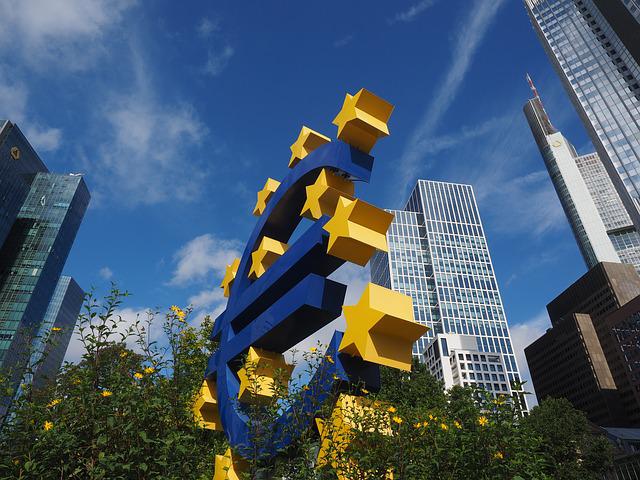August 22, 2023
Eurozone inflation has continued to slow down, and even the underlying price pressures that were a concern appear to have reached their peak. According to data from Eurostat released on Friday, consumer prices rose by 5.3% in July, down from the 5.5% increase seen in June. This marks a continuation of the downward trend that began last autumn. Furthermore, the measure of price growth that excludes food and energy—closely monitored by the European Central Bank (ECB)—remained steady at 5.5%, confirming earlier estimates.
Over the past year, the ECB executed a remarkable series of interest rate increases, transitioning from deeply negative levels to reaching the highest rates seen in two decades. This aggressive approach was aimed at combatting a significant surge in inflation. As a result of these measures, the ECB now finds itself at a crossroads, evaluating whether its efforts have been sufficient to steer price growth back onto a trajectory that aligns with its target of 2%.
Despite these measures, the current figures are unlikely to definitively resolve the ECB’s dilemma concerning interest rates. Market expectations still include the anticipation of at least one more rate hike—possibly reaching 4%—by the end of the year. This expectation persists even if the next rate hike might not necessarily occur in September.
The central challenge for ECB policymakers arises from the contrasting signals provided by incoming data. On one hand, the persistent strength of underlying price pressures and the unusually tight labor market suggest that wage-related pressures are likely to endure, granting workers considerable bargaining power. This dynamic could sustain higher inflation rates, and market projections indicate the potential for price growth to remain above 2% for an extended period. However, the process of moving from 3% inflation to the desired target becomes notably more challenging.
Conversely, the Eurozone is grappling with stagnating economic growth, dwindling investment, and at best, stagnant overall consumption levels. These economic indicators suggest that the pressures driving prices upward should ease as the economy faces difficulties.
One of the factors contributing to the earlier surge in inflation—energy prices—has undergone a significant shift. Energy prices have notably decreased, which, although with some lag, will eventually be reflected in consumer prices. This shift serves as an additional element to consider in the complex landscape of inflation dynamics and monetary policy decisions.
In conclusion, the Eurozone’s inflation trajectory is displaying signs of moderation, alleviating some of the pressure on the ECB to continue its aggressive series of interest rate hikes. While the recent data does impact the ECB’s decision-making process, the market’s anticipation of future rate hikes remains intact, highlighting the ongoing complexity of the central bank’s balancing act between inflation control and economic stability.
Source: Reuters
Legal Notice: The information in this article is intended for information purposes only. It is not intended for professional information purposes specific to a person or an institution. Every institution has different requirements because of its own circumstances even though they bear a resemblance to each other. Consequently, it is your interest to consult on an expert before taking a decision based on information stated in this article and putting into practice. Neither Karen Audit nor related person or institutions are not responsible for any damages or losses that might occur in consequence of the use of the information in this article by private or formal, real or legal person and institutions.






